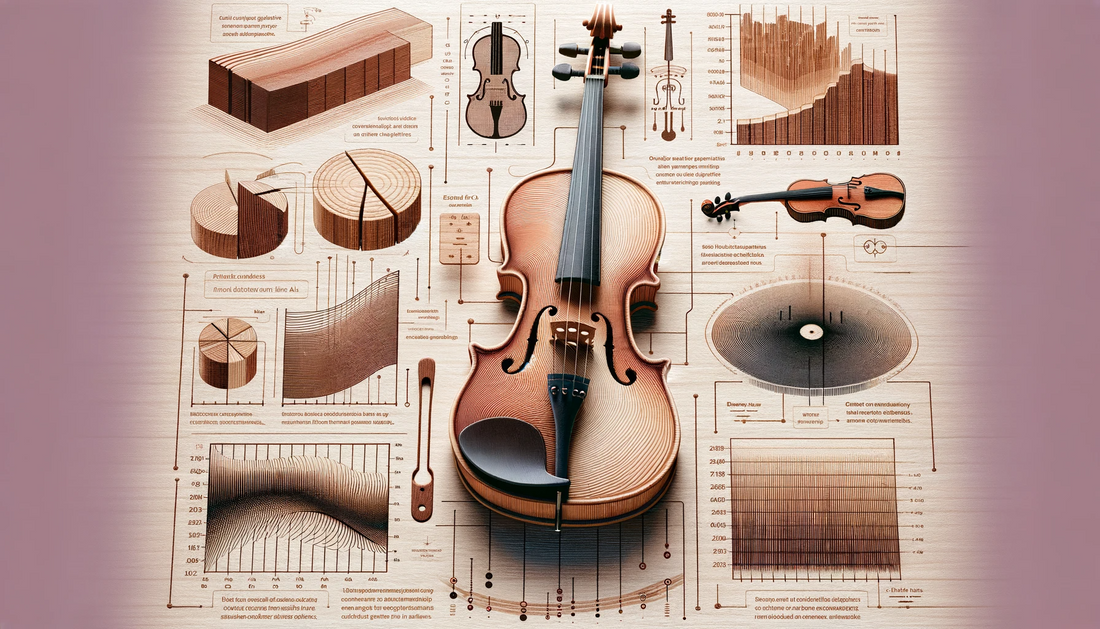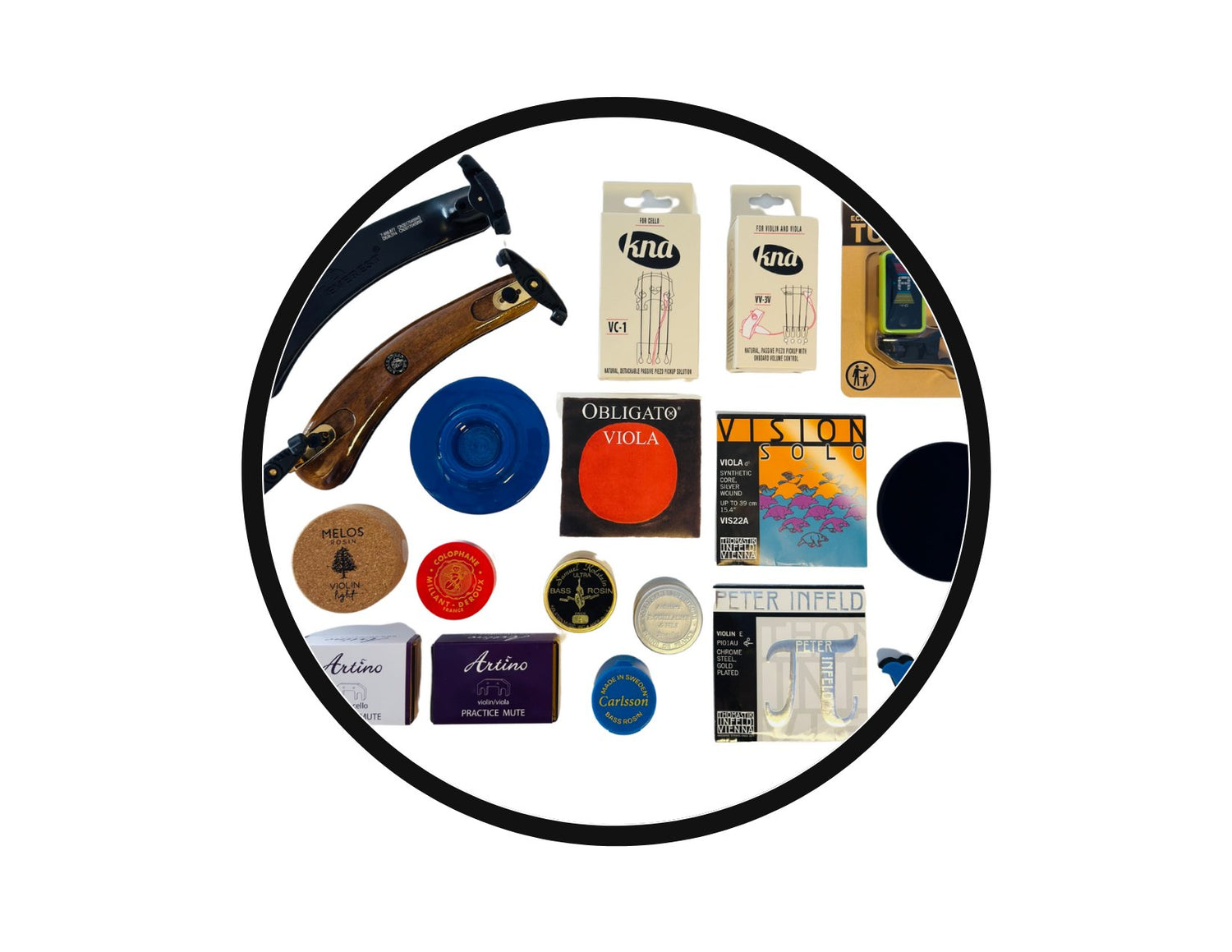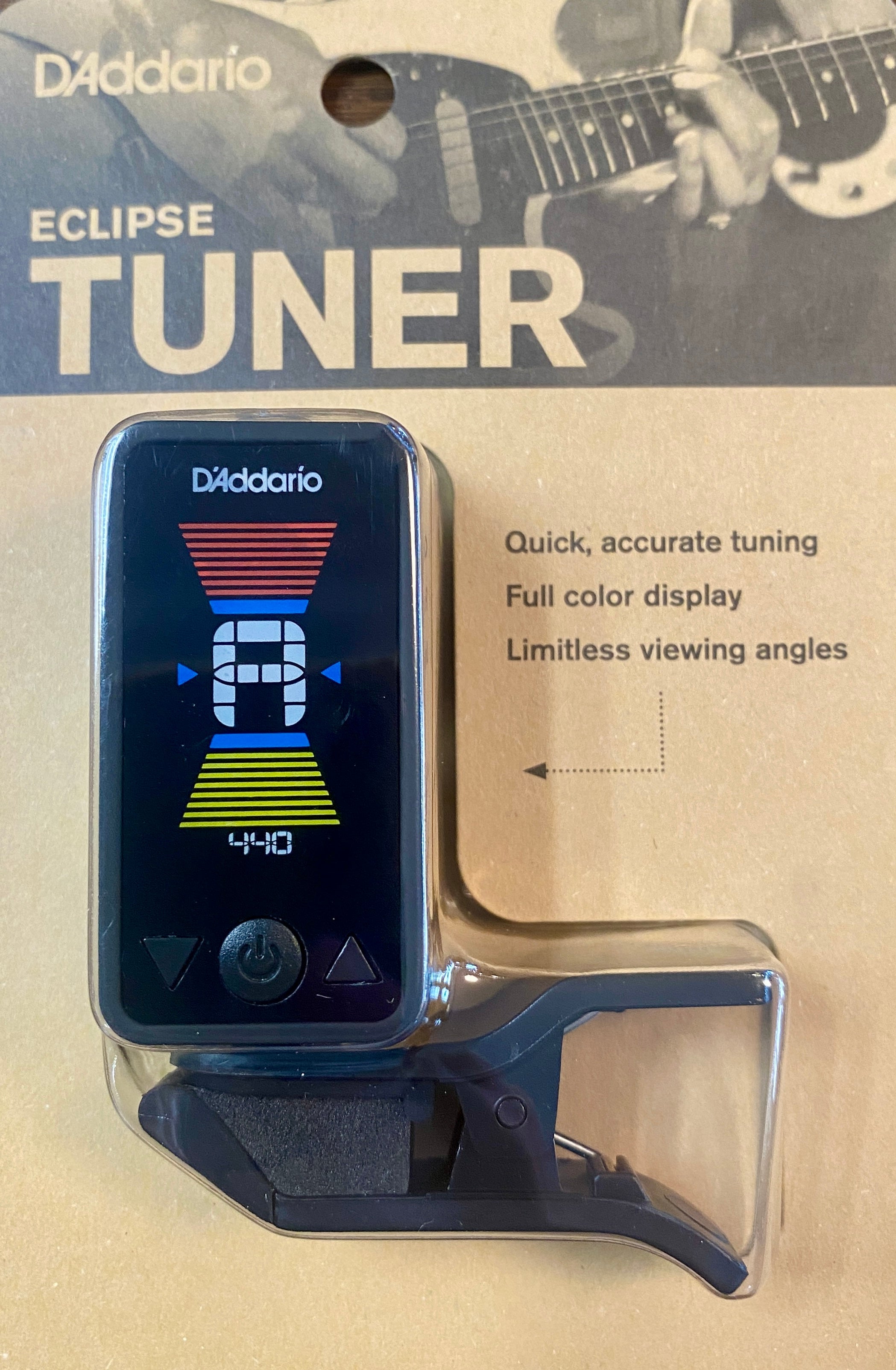Delving into the world of violin making, one quickly realizes that it is as much about science as it is about art. The acoustic properties of the woods used in violin making are fundamental to the character and voice of the instrument. My journey as a luthier has been as much about understanding these properties as it has been about mastering the craft of violin making.
The Foundation of Sound: Wood Selection
It all begins with the selection of wood. The choice of spruce for the top and maple for the back, neck, and ribs is not arbitrary. These woods have been used for centuries, not just for their availability and workability, but primarily for their acoustic properties. I remember my first visit to a renowned wood supplier in the Italian Alps, where I learned about the concept of resonance wood. This wood, typically spruce, is chosen for its ability to produce a rich, resonant sound. The tight, even grain of spruce, a result of slow growth in cold climates, translates into superior sound transmission and a clear, bright tone.
Maple, on the other hand, is valued for its density and elasticity. The beautiful flame patterns, so coveted in violin aesthetics, are more than just visually pleasing. They indicate a particular structure of the wood that contributes to the violin's sound. In the early days of my career, I spent countless hours experimenting with different pieces of maple, learning how variations in density and grain pattern affected the sound of the finished instrument.
The Role of Wood Density and Elasticity
Density and elasticity are crucial in determining how wood vibrates and, consequently, how it transmits sound. In one of my early projects, I worked with a piece of maple that was denser than what I was used to. The resulting violin had a noticeably brighter and more focused sound. This experience was a practical lesson in how slight variations in wood properties can significantly alter the instrument's character.
The age and treatment of the wood also play vital roles. Seasoned wood, which has been allowed to dry naturally over years, offers a stability and maturity of sound that cannot be achieved with newer wood. My mentor used to say, “The soul of the violin lies in the aged wood.” This wisdom became apparent to me as I worked on restoring an old violin, where the aged wood produced a depth and richness of tone that was profoundly different from my newer instruments.
Understanding the Physics of Sound
The science behind the acoustic properties of violin woods is deeply rooted in the physics of sound. The way sound waves travel through the wood, how they reflect off the violin's interior surfaces, and how the wood’s natural frequencies interact with these waves, all contribute to the instrument’s unique voice. My exploration of these principles began under the guidance of a seasoned acoustic scientist, who introduced me to the complexities of sound wave behavior in different woods.
This knowledge transformed the way I approached violin making. I started paying closer attention to the thickness and graduation of the wood, understanding that even the slightest change could affect the sound. The process of tuning the plates, adjusting their thickness until they resonate at specific frequencies, became a critical step in my craftsmanship.
The Art of Balancing Science and Craft
What I have learned over the years is that the science behind the acoustic properties of violin woods is as much about understanding the material as it is about intuition. Each piece of wood is unique, and while scientific principles provide a guide, the art of violin making is in the interpretation and application of these principles.
This balance between science and craft was epitomized in a project where I collaborated with an acoustic engineer. We used sophisticated technology to analyze the acoustic properties of different woods, but the final decisions on wood selection and treatment were still guided by the traditional principles of violin making and my own instincts as a luthier.
In Conclusion
The journey of understanding the science behind the acoustic properties of violin woods is a never-ending one. For every violin maker, from the novice to the expert, it is a path of continual learning and discovery. Each violin we create is not just an instrument; it is a testament to the fusion of science and art, a physical embodiment of the mysteries of sound and the timeless beauty of wood. As I continue on this path, I am constantly reminded of the words of my mentor, “In every piece of wood, there is music waiting to be released.” It is our privilege and challenge as luthiers to unlock that music, bringing it into the world through the violins we craft.





